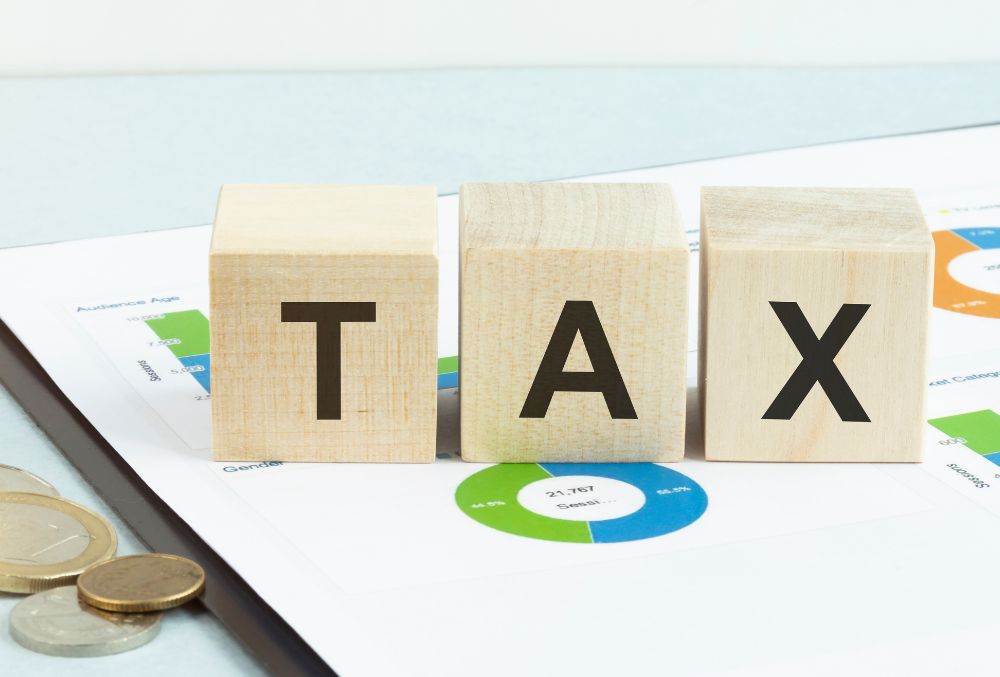The Indian government has introduced significant changes to the income tax regime in the budget for the Financial Year (FY) 2024-25. These amendments are designed to simplify the tax structure, provide relief to individual taxpayers, and enhance compliance while promoting ease of doing business in the country. Here, we explore the key changes impacting taxpayers across various categories.
Personal Income Tax Changes
1. Revised Tax Slabs
One of the most noteworthy modifications is the revision of income tax slabs for individual taxpayers. The revised slabs are as follows:
| Total Income (Rs.) | Rate of Tax |
|---|---|
| Income up to ₹3 lakh | No tax |
| ₹3 lakh to ₹7 lakh | 5% |
| ₹7 lakh to ₹10 lakh | 10% |
| ₹10 lakh to ₹12 lakh | 15% |
| ₹12 lakh to ₹15 lakh | 20% |
| Above ₹15 lakh | 30% |
2. Standard Deduction
The standard deduction for salaried individuals has been increased from ₹50,000 to ₹75,000. This enhancement is expected to provide further tax relief and increase disposable income for employees, aligning with the government’s objective to boost economic growth.
3. Family Pension Deduction
For pensioners, the deduction on family pension has been elevated from ₹15,000 to ₹25,000. This change acknowledges the financial challenges faced by families of pensioners and aims to offer them some respite.

Changes in Capital Gains Tax
1. Short-term Capital Gains (STCG)
The tax rate on Short-term Capital Gains (STCG) for securities transaction tax (STT)-paid equity shares, units of equity-oriented mutual funds, and business trusts has risen from 15% to 20%. This increase is likely to impact investors trading in these assets, potentially affecting market dynamics.
2. Long-term Capital Gains (LTCG)
Long-term Capital Gains (LTCG) will now be taxed at a rate of 12.5% across all assets, as opposed to the previously applicable rates of 10% for STT-paid listed equity shares and 20% for other assets qualifying for indexation benefits. This change is set to create a more uniform taxation model and simplify the investment landscape.
3. Holding Period
For listed securities, the holding period for benefiting from LTCG tax treatment has been reduced to 12 months, while the holding period for other assets remains at 24 months. This adjustment is intended to encourage more trading and investment in the stock market, facilitating liquidity.

Additional Measures
1. National Pension System (NPS)
To bolster retirement savings, the deduction limit for employers’ contributions to the National Pension System (NPS) has been increased from 10% to 14%. This enhancement serves to encourage both employers and employees to contribute more towards retirement savings.
2. Corporate Tax Rate for Foreign Companies
The corporate tax rate for foreign companies operating in India has been lowered from 40% to 35%. This change aims to make India a more attractive destination for foreign investment, thereby increasing economic activity.
3. Angel Tax Abolition
The much-debated Angel Tax, which affected startups receiving investments above their fair market value, will be abolished from April 1, 2025. This move is expected to encourage investment in the startup ecosystem and alleviate the burden of compliance for budding entrepreneurs.
4. Charitable Trusts
The existing two regimes for charitable trusts will be merged. This consolidation is aimed at reducing administrative burdens and streamlining compliance, ultimately supporting charitable organizations in their missions.
The income tax changes for FY 2024-25 reflect the Indian government’s commitment to creating a more efficient and equitable tax system. These reforms seek to benefit a broad spectrum of taxpayers, including salaried individuals, pensioners, and investors while fostering a conducive environment for business and investment. As these changes come into effect, taxpayers are encouraged to stay informed and plan their finances accordingly to maximize the benefits of this new tax landscape.










